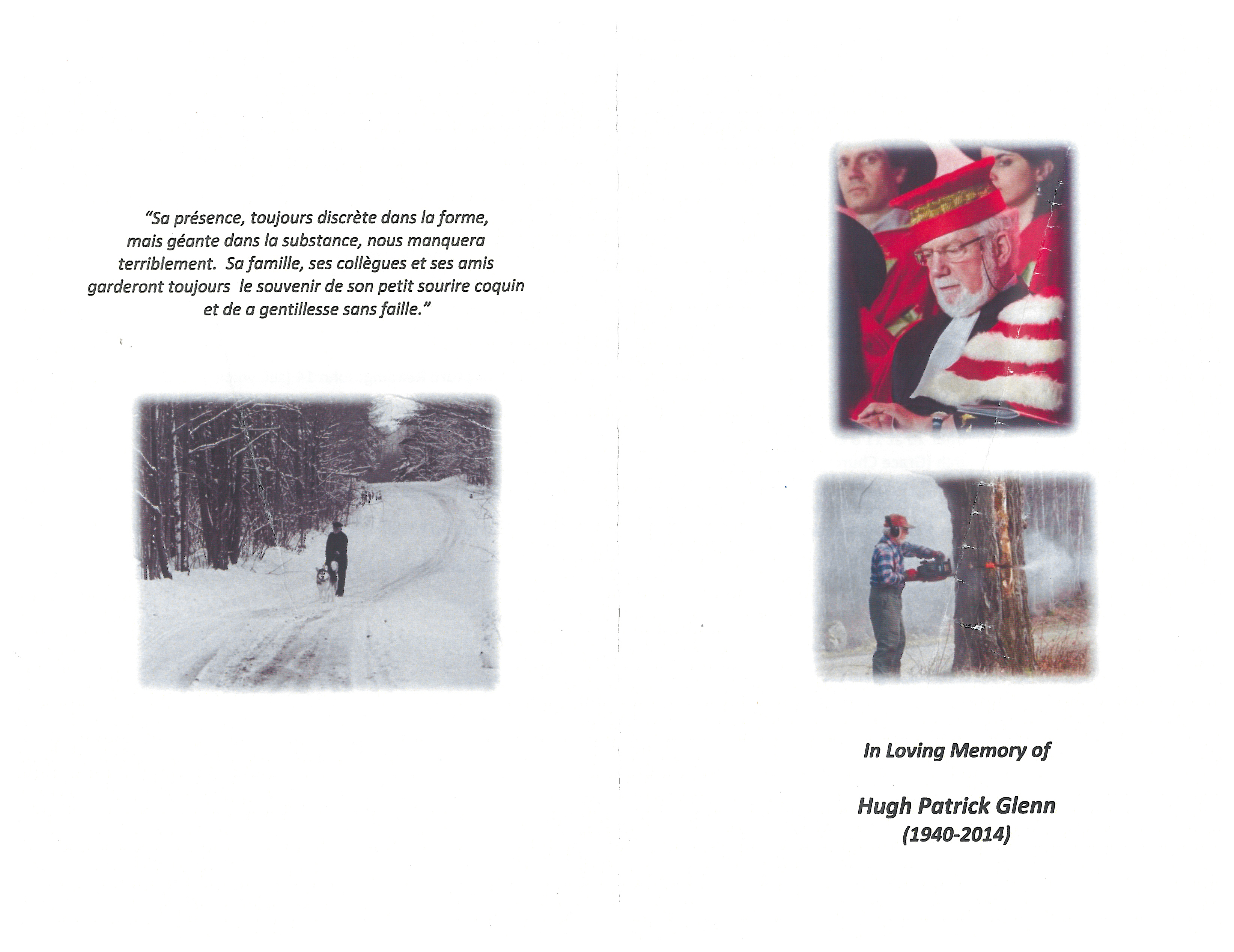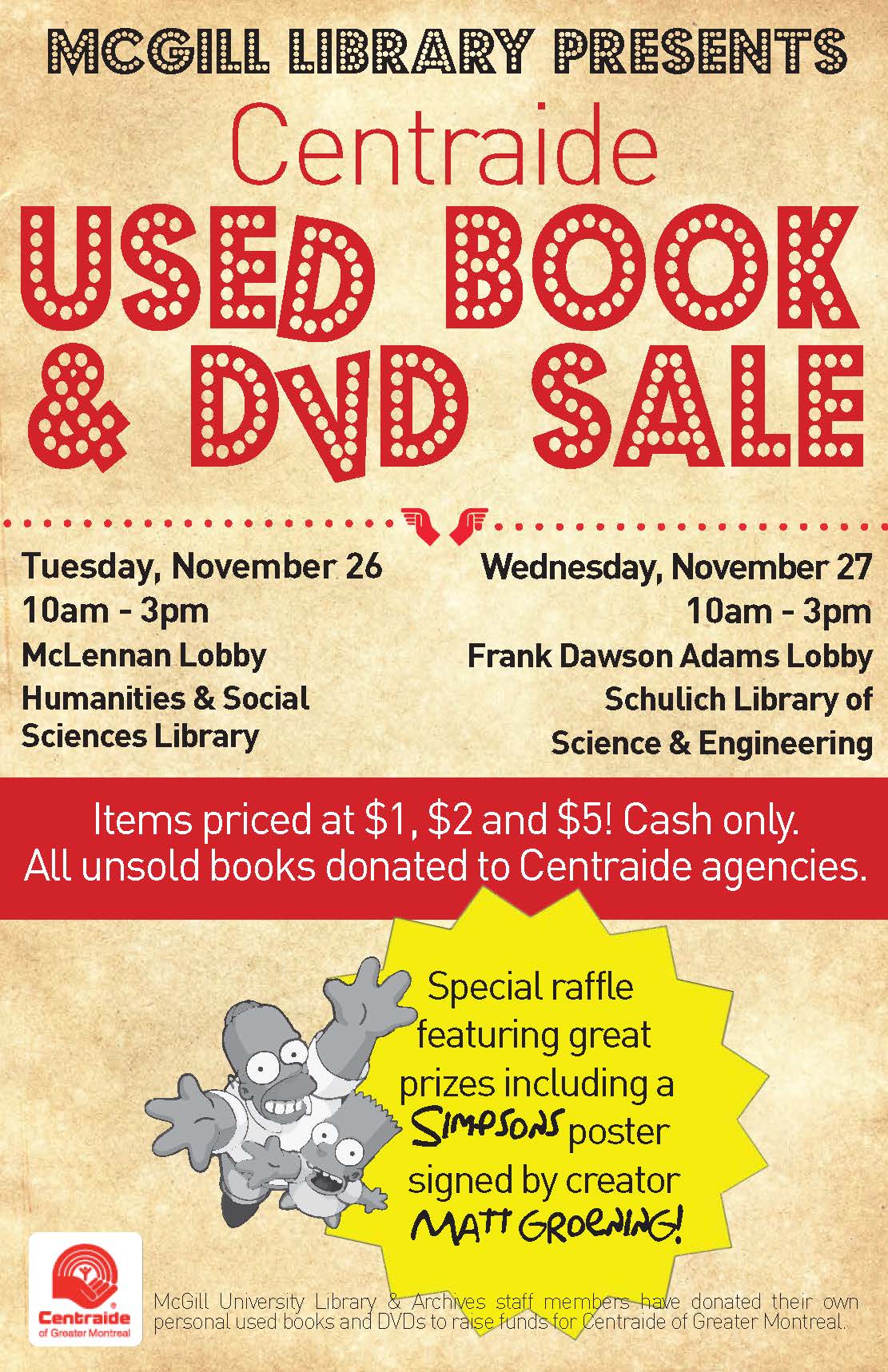 Jewish Law has a history of more than three thousand years. This extended time, can be divided in two main periods: The first broad period begins with the written Torah and ends with the completion of the Talmud. The second broad period is the post-Talmudic period, from the completion of the Talmud until our own day (Elon, Menachem. Jewish law: history, sources, principles).
Jewish Law has a history of more than three thousand years. This extended time, can be divided in two main periods: The first broad period begins with the written Torah and ends with the completion of the Talmud. The second broad period is the post-Talmudic period, from the completion of the Talmud until our own day (Elon, Menachem. Jewish law: history, sources, principles).
The Hebrew word “halakhah” is usually translated as “Jewish Law”, although a more literal translation might be “the path that one walks”. The word is derived from the Hebrew root Heh-Lamed-Kaf, meaning to go, to walk, or to travel (Encyclopaedia Judaica).
The principles and rules of Jewish Law are based on the Bible. While some rules are mentioned quite explicitly, others are only implied. All are elucidated in the teachings of the Tanna’im and Amora’im – the Rabbis of the Mishnah and Talmud – and presented systematically in the codes. Thus, over the generations, a comprehensive legal system has developed.
Jewish tradition compares Jewish law to a living tree. As the Torah, the sacred scroll of the Five Books of Moses, is returned to the ark after being read in synagogue services, the liturgy quotes from the biblical book of Proverbs (4:2, 3: 18, 17): I give you good instruction; never forsake My Torah. It is a tree of life for those who hold fast to it, and those who uphold it are happy. Its ways are pleasant, and all its paths are peace. (A Living Tree. Roots and Growth of Jewish Law)
 The books for this exhibition come from the holdings of the Rare Books and Special Collections, the Nahum Gelber Law Library Special Collections, and the Humanities and Social Science Library.
The books for this exhibition come from the holdings of the Rare Books and Special Collections, the Nahum Gelber Law Library Special Collections, and the Humanities and Social Science Library.
Among the books presented we find a volume of the Ḥamishah ḥumshe Torah: ketav yad Temani. This is a facsimile edition of 390 copies of a manuscript of the Pentateuch, in accordance with the Yemenite tradition, with the Targum, Tafsir of Saʼadya Gaon and the Collecteana of R. Yaḥya Siani.
A miniature Shulchan Aruch, printed in Venice, in 1574. The Shulchan Aruch, or “Set Table” is a codification of Jewish law composed by Rabbi Joseph Karo in the 16th century. Together with its commentaries, it is considered the most authoritative compilation of halakha since the Talmud.
The book Sefer ha-hinukh: yavo’u vo ha-613 mitsvot, yesod Torat Moshe u-nevuato, was also printed in Venice in the Jewish year 361 [1600 or 1601]. This is an anonymous work on the 613 precepts in the order of their appearance in Scripture, giving their reasons and their laws in detail. The book is mainly based on the Sefer ha-Mitzvot and the Mishneh Torah of Maimonides.
 One of the centerpieces is The Codex Maimuni: Moses Maimonides’ Code of law: the illuminated pages of the Kaufmann Mishneh Torah. This book, published in 1984 reprints sixty-eight of the most beautiful pages from the illuminated codex of the Kaufmann Mishneh Torah, one of the most outstanding surviving exemplars of mediaeval Hebrew book production.
One of the centerpieces is The Codex Maimuni: Moses Maimonides’ Code of law: the illuminated pages of the Kaufmann Mishneh Torah. This book, published in 1984 reprints sixty-eight of the most beautiful pages from the illuminated codex of the Kaufmann Mishneh Torah, one of the most outstanding surviving exemplars of mediaeval Hebrew book production.
A surviving example of Das talmudische Recht : auf den verschiedenen Stufen seiner Entwicklung mit dem römischen verglichen und systematisch dargestellt. Sachenrecht by S. Rubin (Wien: Druckerei-und Verlags-A.-G. Ig. Steinmann. 1938). This copy was printed in Viena, in 1938. According to a review written by W. R. Taylor, the author has planned a study of Talmudic law to be embraced in three volumes. The purpose of the project, according to Taylor, was to bring the Talmudic legislation into a scientific arrangement in harmony with modern methods and to institute a comparison of the Talmudic material with the relative parts of Roman law. At the end of each chapter there are extensive notes inclusive of references, citations, and expositions of maxims from the Talmud and the later codes of Maimonides, Asher, and Karo, and from Roman law.
Ioannis Seldeni, De synedriis & praefecturis juridicis veterum Ebraeorum. Londini: Typis Jacobi Flesher: Prostant apud Cornelium Bee …, 1650-1655. John Selden, 1584-1654, was an English jurist and a scholar of England’s ancient laws and constitution and a scholar of Jewish law. In 1650 Selden began to print the trilogy he planned on the Sanhedrin, the assembly of sages that constituted the highest political magistracy of the country.

 This exhibition was planned and organized by Sonia Smith and Svetlana Kochkina, librarians at the Nahum Gelber law Library.
This exhibition was planned and organized by Sonia Smith and Svetlana Kochkina, librarians at the Nahum Gelber law Library.
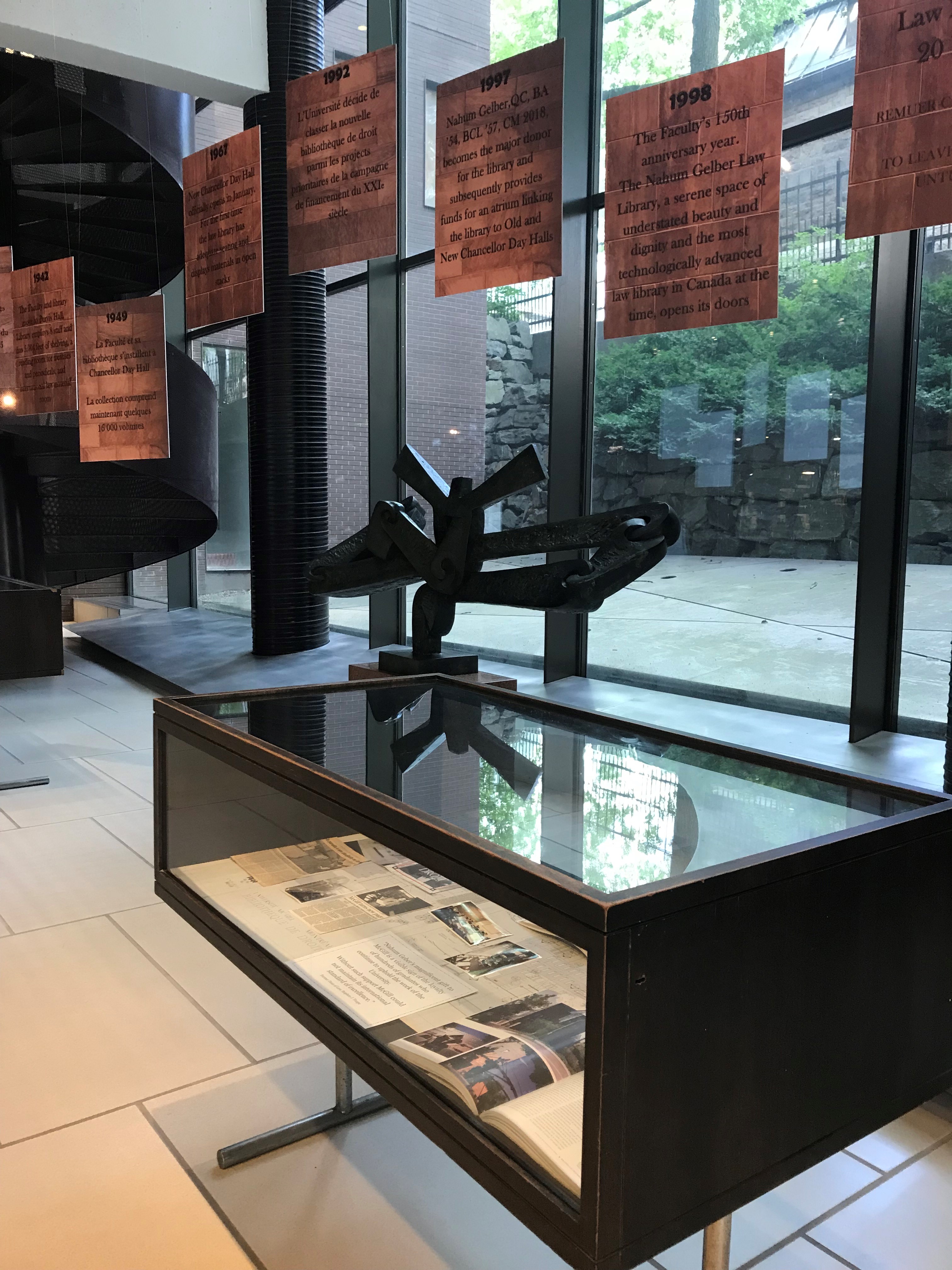
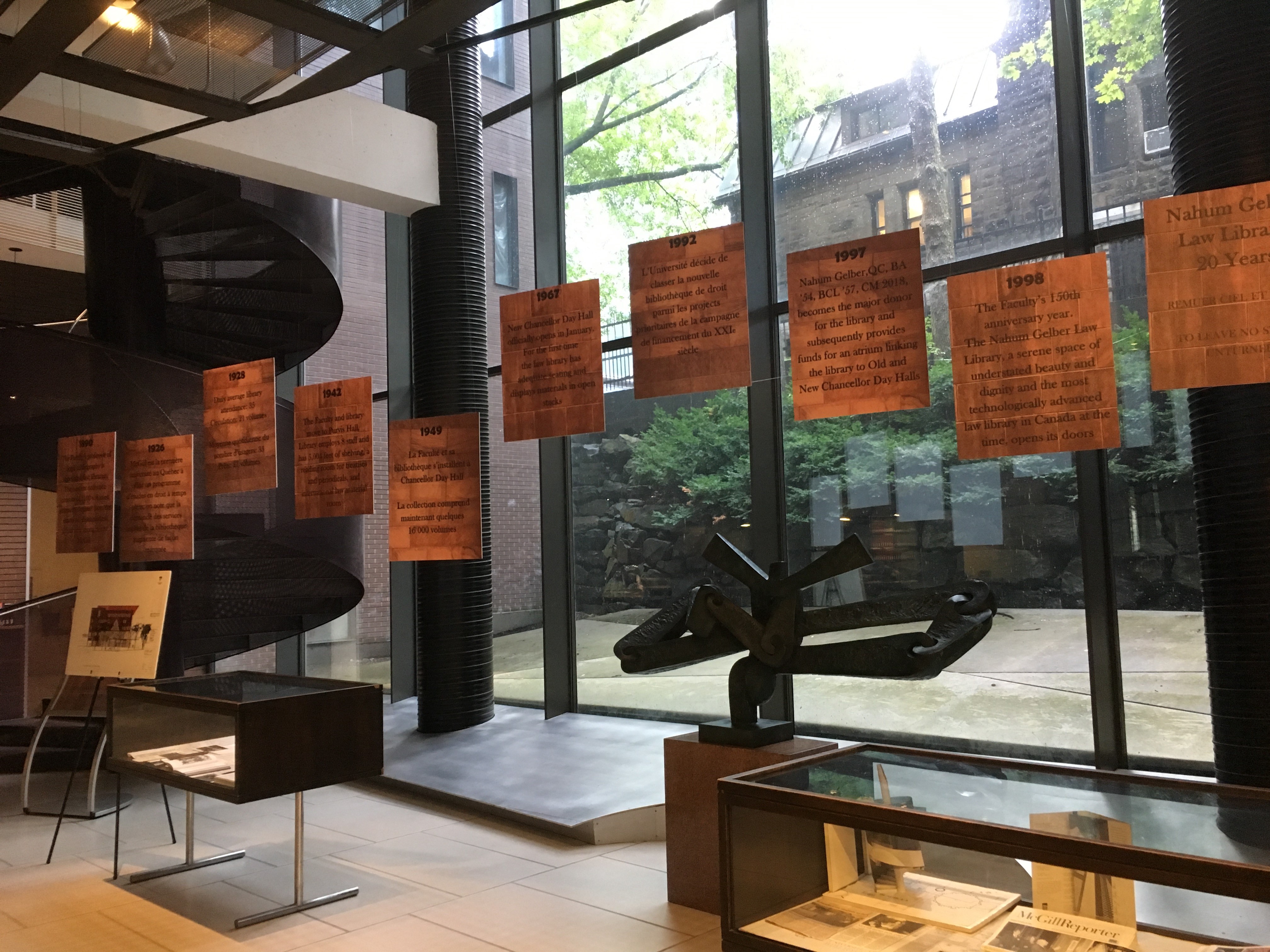 2018 marks the 20th anniversary of the current home of the McGill Law Library. This spectacular building named after one of our alumni and generous donor, Nahum Gelber, opened its doors for students 20 years ago, in September 1998.
2018 marks the 20th anniversary of the current home of the McGill Law Library. This spectacular building named after one of our alumni and generous donor, Nahum Gelber, opened its doors for students 20 years ago, in September 1998. 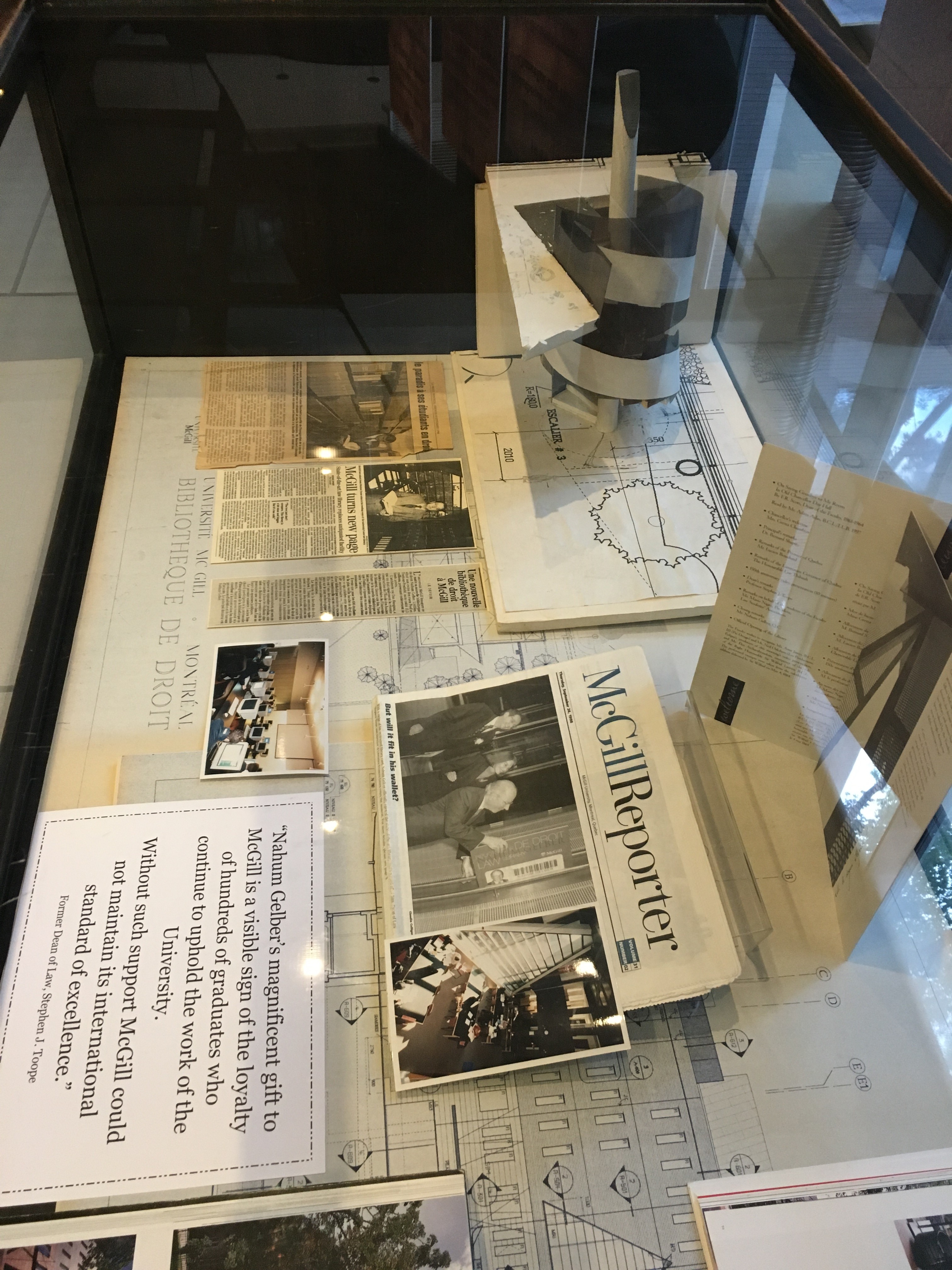 To celebrate this occasion, we offer to our visitors a new exhibition featuring original plans, documents, students’ survey from 1997 on what they wanted to see in the new library, and a maquette of our famous staircase.
To celebrate this occasion, we offer to our visitors a new exhibition featuring original plans, documents, students’ survey from 1997 on what they wanted to see in the new library, and a maquette of our famous staircase. 







